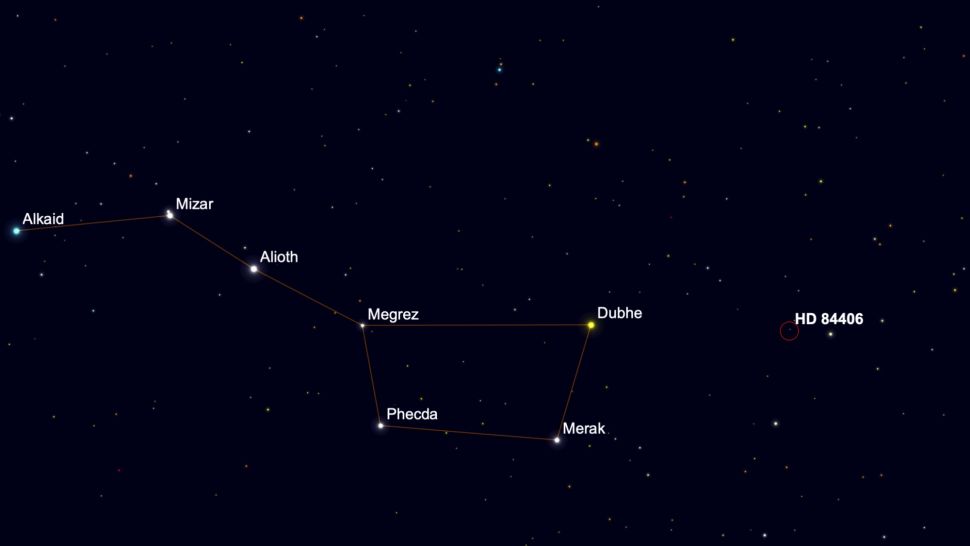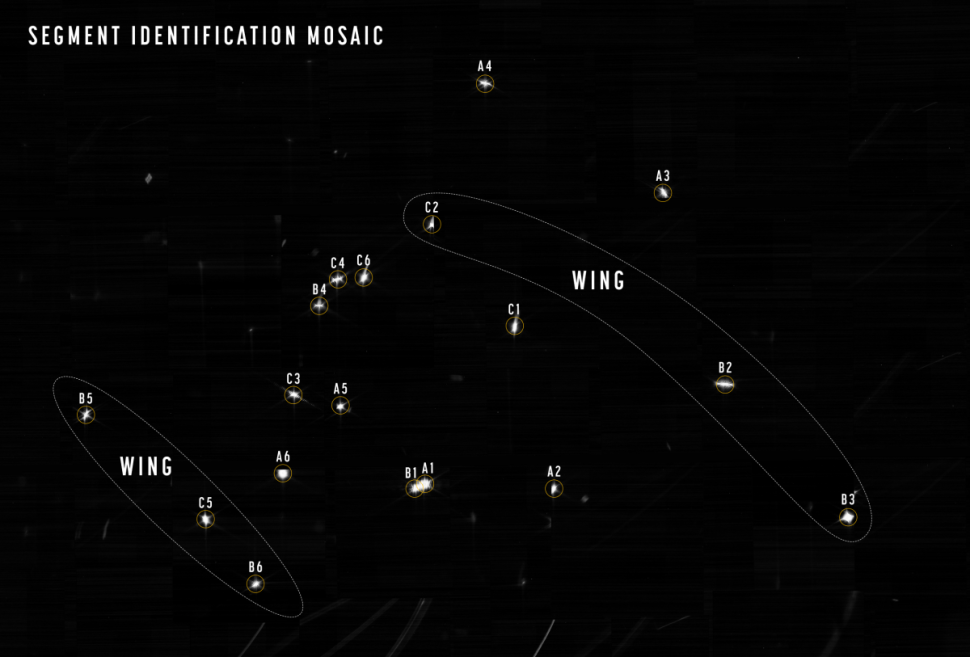First Image from James Webb Space Telescope Exceeds Expectations

Last year, the $10 billion James Webb space telescope was successfully launched into space on Christmas Day. Since its launch, the world has been waiting for its first photographs, images that NASA claims will give us a new perspective on the cosmos. On January 24th 2022, it reached its destination, the L2 Earth-Sun Lagrange point.


Even though Webb’s first full-resolution imagery and science data will be released in the summer, on March 11th, the Webb team completed the stage of alignment known as “fine phasing.” As a part of it, NASA released an image taken by Webb called a star called HD 84406. It is located in the constellation Ursa Major.


During “fine phasing”, each of the major mirror segments has been modified to give one unified image of the same star using the NIRCam instrument at this stage of Webb’s mirror alignment.
JWST’s Wavefront Sensing & Controls scientist Scott Acton reported, “We got together and looked at the very first de-fractional images that came out of the Webb Telescope. We have exceeded every expectation. The telescope performed better than the models said it should.”
To reach such an incredible result, the Webb team did the segment identification and formed the image array. And then, once this was ready, they phase retrieval technology to position each of the mirror segments and the secondary mirror itself such that all the optical aberrations were effectively eliminated. This is done by tilting the mirror segments so that all of the light signals captured by each of them fall on a common point in the middle of the detector. This is known as ‘image-stacking’.


Ritva Keski-Kuha, deputy optical telescope element manager for Webb at NASA Goddard, remarked, “We have fully aligned and focused the telescope on a star, and the performance is beating specifications. We are excited about what this means for science. We now know we have built the right telescope. ”
Over the next six weeks, the team will proceed through the remaining alignment steps before final science instrument preparations. The team will further align the telescope to include the Near-Infrared Spectrograph, Mid-Infrared Instrument, Near InfraRed Imager, and Slitless Spectrograph. In this phase of the process, an algorithm will evaluate the performance of each instrument and then calculate the final corrections needed to achieve a well-aligned telescope across all science instruments. Following this, Webb’s final alignment step will begin, and the team will adjust any small, residual positioning errors in the mirror segments.
Webb is the world’s first space research observatory, and once fully operational, it will aid in the unraveling of our solar system’s mysteries by staring out into faraway worlds orbiting the stars and investigating the universe’s fascinating structures and origins and our place within it.














